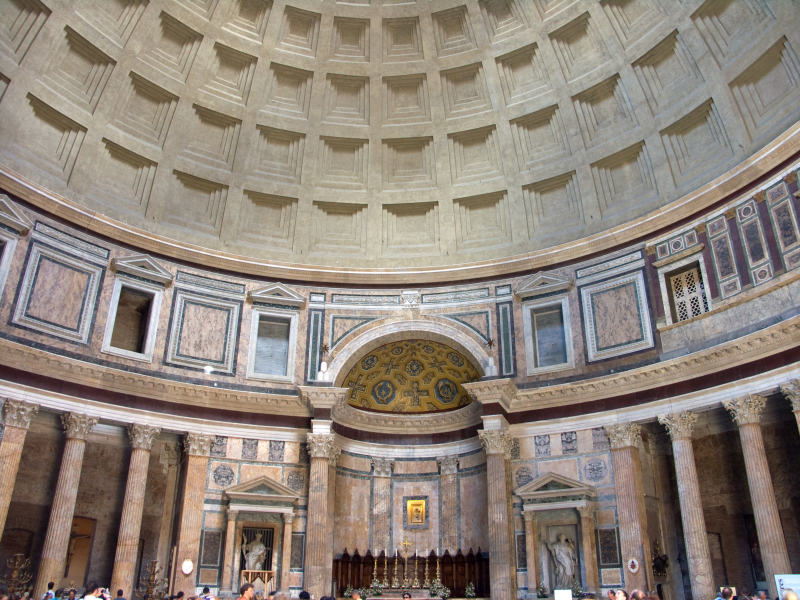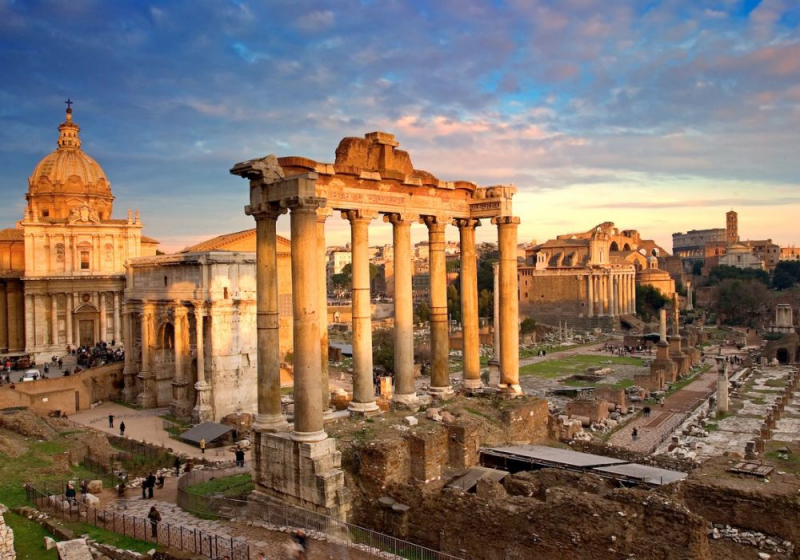Developing Concrete to Strengthen Roman Buildings

Top 5 in Top 10 Ancient Roman Inventions
Concrete may not appear as extraordinary or striking as many of the items on this list, yet it was crucial to Roman culture. The first people to make extensive use of this material were the Romans.
They created a compound from volcanic ash, lime, and seawater that they employed to give their structures more structural integrity. Given how many of their structures are still standing today, they obviously did something right. In actuality, several varieties of Roman concrete could be poured underwater.
The creation of Roman cement and concrete allowed for the preservation of many ancient Roman buildings, including the Pantheon, the Colosseum, and the Roman Forum. Over 2,100 years ago, the Romans employed concrete for the first time in construction. They built everything from bridges and monuments to aqueducts and buildings all around the Mediterranean basin.
Roman concrete had a lower strength than contemporary concrete, but it has shown to be extraordinarily durable because of its special mix of slaked lime and pozzolana, a volcanic ash. This ancient cement was mixed with tuff, which are volcanic rocks, to create concrete that could withstand chemical deterioration. The use of pozzolana allowed the construction of lavish baths, piers, and harbors because it made Roman concrete set swiftly even when submerged in seawater.











